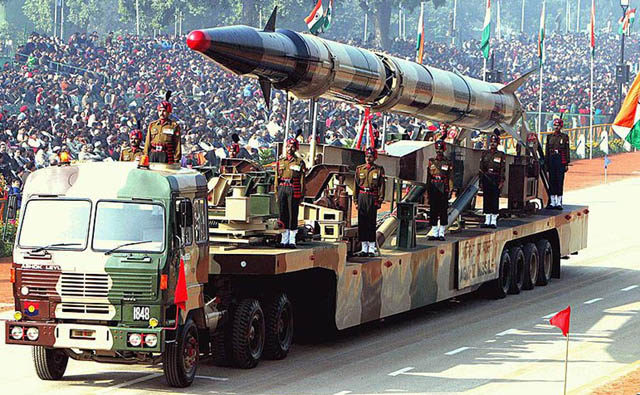India is the world’s 6th-largest spender when it comes to expenditure on defence. Despite this, it is common knowledge that a large part of our military equipment and weaponry is obsolete. Further, the risk perception for India is higher, since countries that are not exactly friendly surround it. Even those that were friendly have been successfully alienated in recent times by poor diplomatic handling. In that context, there could be a case made that the allocation of funds to the defence sector needs to be higher in order to not only secure our borders, but also for ensuring the safety of the citizens of India.
In June of this year, the Government permitted 100% FDI in companies involved in the defence sector. In effect, the existing permission for FDI upto 49% under the automatic route will continue, while the foreign investor can raise its stake beyond that by obtaining government approval.

This move has several expected benefits, but at the same time, raises concerns as well. Let us examine some of these in further detail:
Benefits of 100% FDI in defence
1. With the prospect of availability of 100% control, the probability of foreign countries and companies investing in India is much higher.
2. The quality of equipment available to our army would improve, thereby leading to increased safety and security of the country.
3. Further, since they would be operating from their own companies, they should not have any issues transferring their best technology to their Indian subsidiaries, whereas earlier the foreign companies (we assume) avoided doing so since the Indian subsidiary was controlled by an Indian entity.
4. Defence is a big-ticket sector, where a lot of funds are involved. By attracting foreign companies into this capital-intensive industry, a big boost would be provided to the Make in India campaign, which will shed a positive light on the country.
5. The inflow of foreign funds will further ease India’s Balance of Payments (BoP) deficit
6. With availability of locally-manufactured equipment and weapons, India’s dependence on imports will reduce. This will also ease the BoP.
7. The expansion in the size of the industry that is expected should also lead to increased employment opportunities for Indian workers.
8. There is also a possibility of the Indian arms of leading defence manufacturers being able to export equipment from India, which will lead to an inflow of foreign exchange as well.
9. Industries like defence tend to lead to a growth in ancillary manufacturing, with smaller companies (which would be Indian-owned) getting a chance to grow as well as suppliers to these companies.
Potential issues
1. It is not very clear whether the best technology will truly be shared. It is entirely possible that the overseas controlling entity will continue to share only end-products and not the manufacturing technology itself.
2. It would lead to the decline and shutting-down of DRDO, India’s indigenous defence manufacturer, along with the loss of jobs that entails.
3. India may become over-reliant on the foreign companies for every aspect of the defence set-up. In case of future issues with the host country or even financial issues leading to the holding company withdrawing from India, the Indian company would be left totally helpless, since there would be little to no Indian investment in the same.
4. Security experts have expressed concerns regarding the possibility of ‘backdoor lockdown’ technology being incorporated, which would essentially mean that the manufacturing company (a foreign entity, basically) would retain the ability to control the weapon or equipment remotely.
Obviously, this is a complex issue and the merits and demerits are worthy of debate. However, it will be some time before we can really gauge the impact of this liberalisation. Until then, let us hope it is a good decision.































